By Joe Reavis
Staff Writer
With the 2016 Tornado Season underway, one of the most important tools available to everyone is a means to determine what exactly the weather is doing and if it is life threatening.
That is the advice of Debbie Buccino of the Office of Emergency Management with Wylie Fire-Rescue. It is the job of Buccino and emergency dispatchers to get the word out if dangerous weather is approaching, to sound the siren, literally. However, it is important for individuals to take the initiative for safety.
Buccino suggests monitoring National Oceanic and Atmospheric Administration (NOAA) weather reports on an emergency weather radio. The radio needs to be battery powered, or have a battery backup because a severe storm is likely to knock out electricity.
A NOAA radio provides immediate storm watches and warnings, giving listeners time to seek shelter. A watch is notice that conditions are ripe for severe weather and a warning is an alert of immediate danger.
The emergency management official noted that an NOAA radio features a snooze function in which broadcasts are made only for a watch or warning, and that the radios can be programmed to receive information in selected geographic areas, or within a preset distance.
In addition to an NOAA radio, WBAP-AM 820 is the official emergency alert system radio station for the Dallas area, and the NIXLE system can be set up on cellular telephones and computers, providing text message or email alerts. To register for NIXLE, go to www.nixle.com.
Even though Wylie has emergency sirens, they often cannot be heard when you are indoors, or if drowned out by wind and storm noise.
“Sirens are meant for people who are outside and need to seek shelter,” Buccino said.
Another precaution is to put together an emergency preparedness kit packed with essentials and lifesaving items to survive approximately 72 hours after a storm has damaged an area.
For full story see The Wylie News at http://www.etypeservices.com/Wylie%20NewsID245/default.aspx



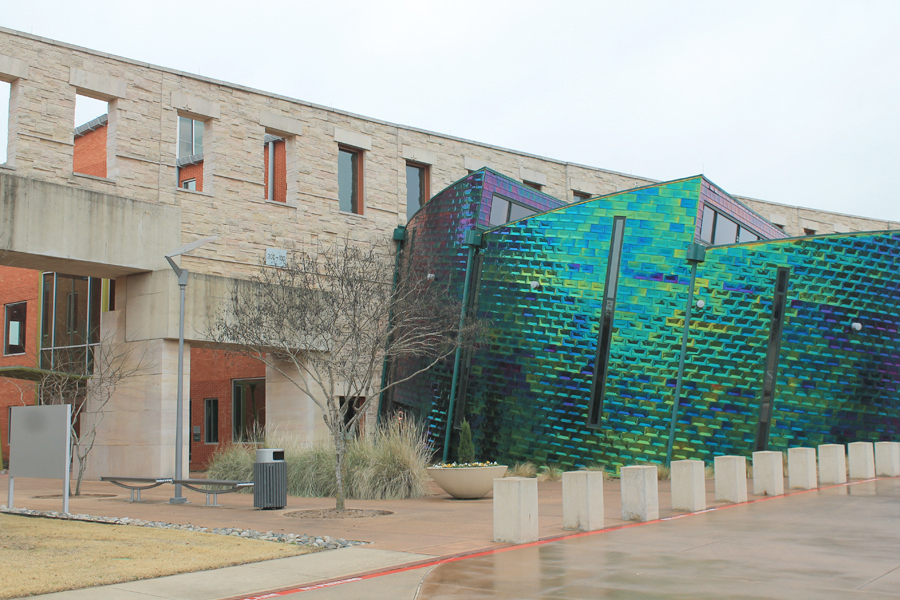

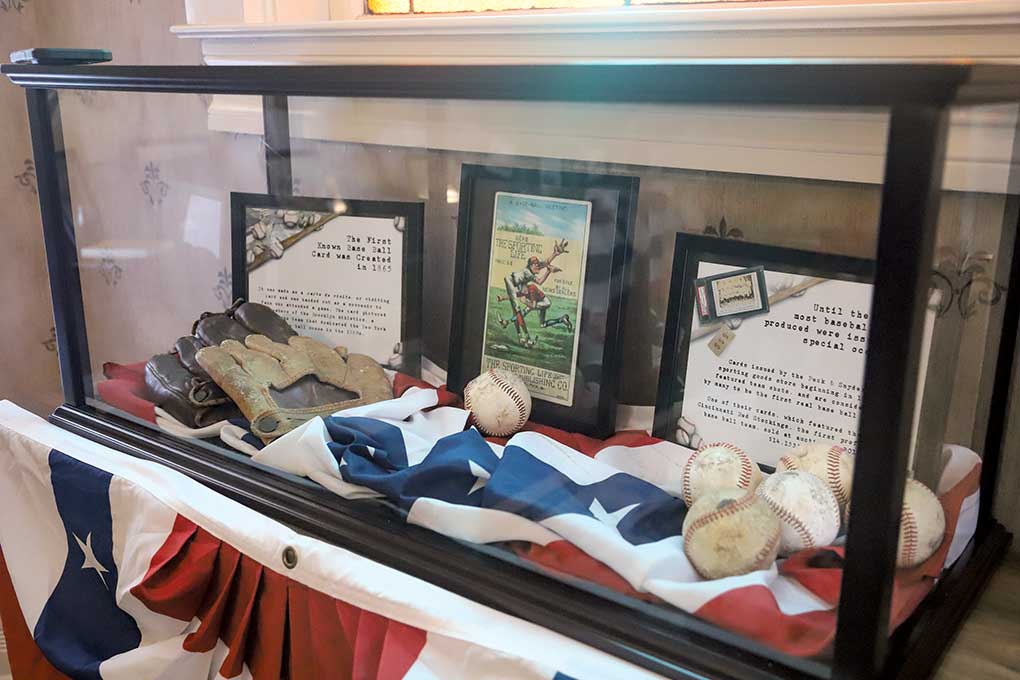



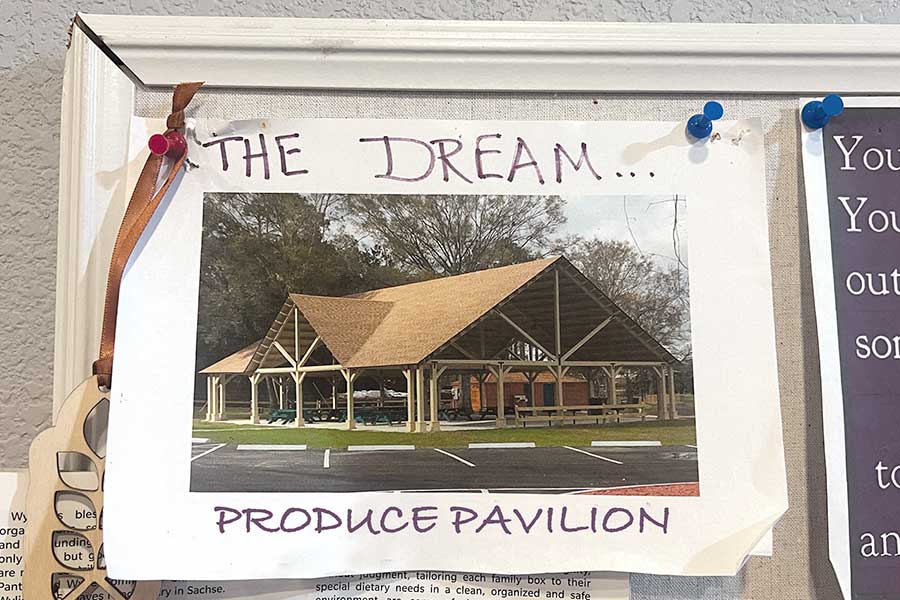
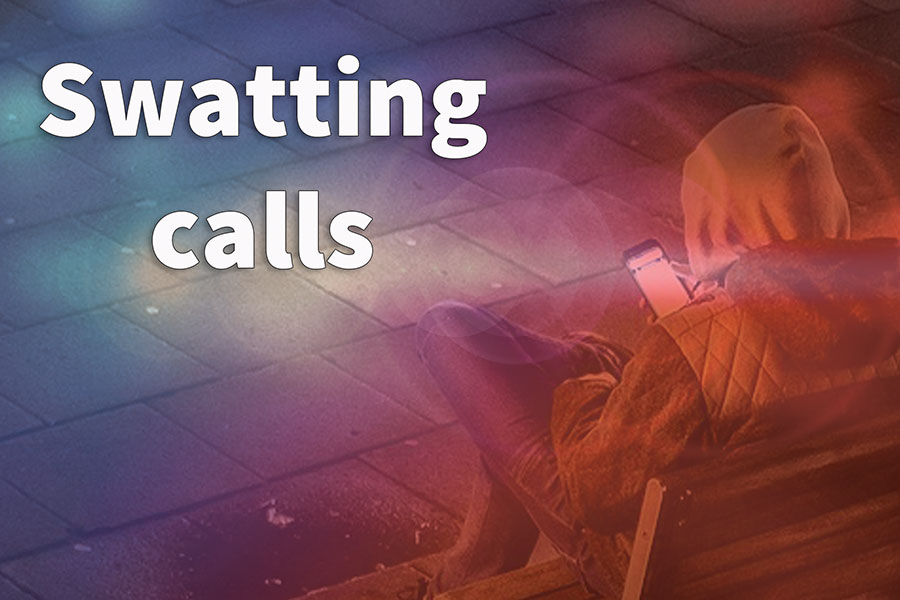





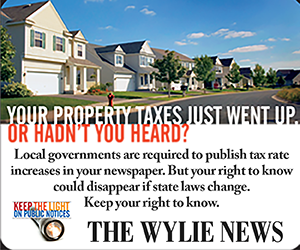
0 Comments